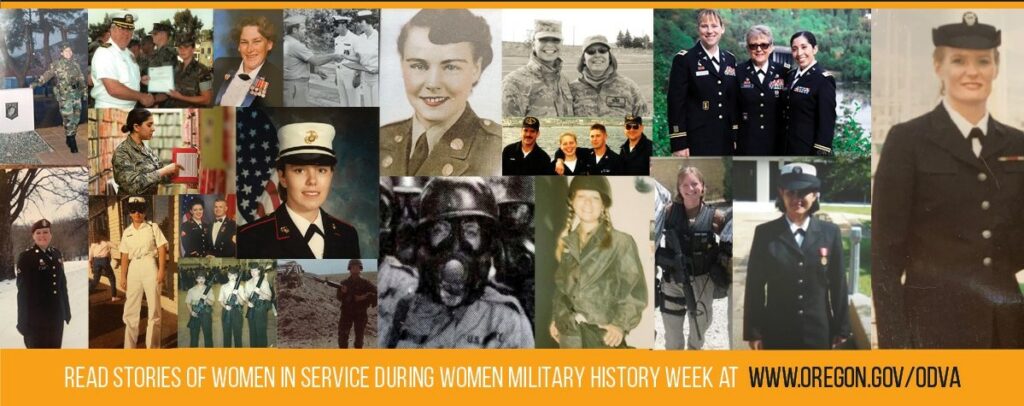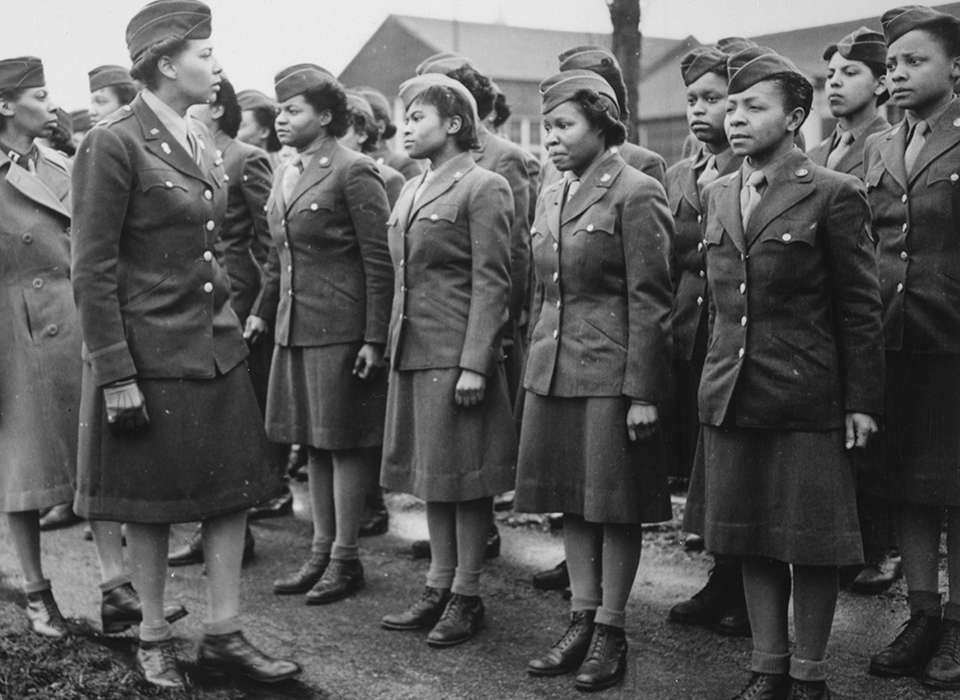![]()
When news began to spread that Naomi Parker Fraley had died on Saturday, it prompted an outpouring of admiring obituaries, uniformly lamenting the loss of Rosie the Riveter, and lauding that timeless American icon pictured in the “We Can Do It!” poster. Such remembrances were, and are, a well-deserved tribute to an extraordinary woman.
But it almost didn’t happen that way. Fraley might just as easily have died in relative obscurity, her admirers focused on another claimant to the Rosie title.
The story of Fraley’s discovery is a valuable but cautionary tale. It can tell us much about the 24-hour news cycle, our culture’s need to feed the media beast and what happens to the people behind the stories we consume without questioning.
When I met Fraley on a sunny Northern California day in February 2015, it was hard to believe that — nearly 75 years after the “We Can Do It!” poster appeared in a series of Westinghouse factories in early 1943 — I had finally tracked down the face that so many people now believe was the inspiration for artist J. Howard Miller’s image for the ages.
My search had faced a formidable obstacle. Most people thought they already knew whom that face belong to: a Michigan woman named Geraldine Hoff Doyle. Her proof was a familiar wire service photograph.
Now a regular feature in World War II memorabilia books, the photo depicts a striking woman wearing industrial coveralls—and a bandana adorned with a polka-dot design. Miller
Views: 617




